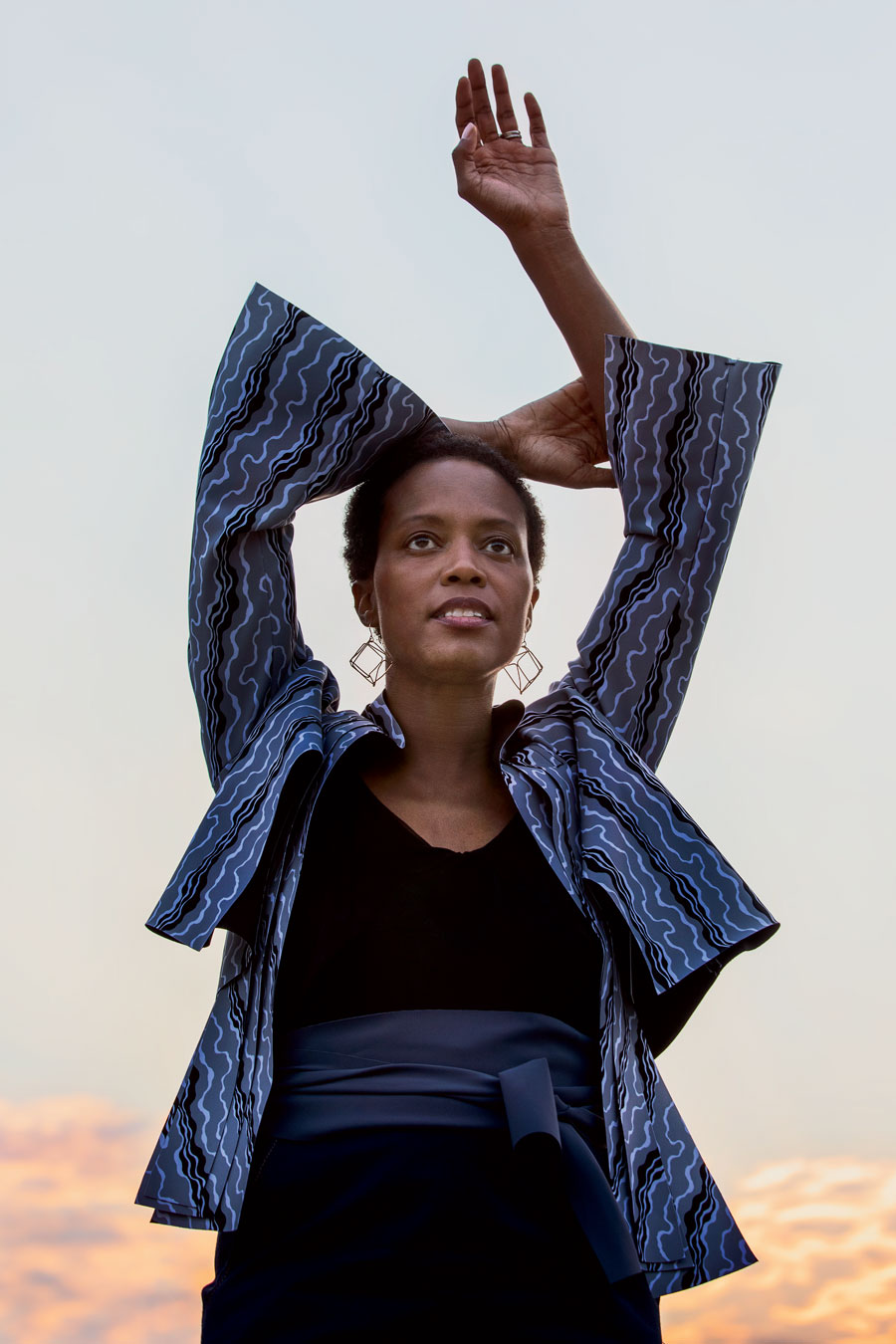
If you were looking at your Instagram feed on June 2, you likely saw a procession of black squares in place of pictures. The “blackout” was a global act of social media protest in response to the police killings of George Floyd, Breonna Taylor, and Ahmaud Arbery. On that same day, local artist Amanda Williams uploaded a different kind of black square, not stark black but a lighter shade, strewn with blurred strands of gray. She wrote an extended caption underneath that read, in part, “You can’t just say ‘black’ ... which one?” Each day afterward, she would post a variation of black with a riff on the motif “What Black is this you say?” On June 2, it was “Your mother’s Andriana fur mink coat black her name embroidered in gold cursive on the inside.”
That series informs Williams's inaugural solo exhibition opening at Rhona Hoffman Gallery in West Town on November 6. She will apply the aesthetics of her Instagram project to mixed-media works, experimenting with pouring paint onto different materials — wood, canvas, and linen. The captions will remain, either as titles or incorporated into the works. “It’s exciting to me for people to see what it means to translate an idea from a certain platform onto another medium,” Williams says, “and I’m hoping that will be exciting to the audience.”
Williams is an artist who sees color not just chromatically, but socially. She is best known for Color(ed) Theory, in which she painted Englewood houses slated for demolition in the vivid hues of products marketed to Black people (like the turquoise of Newports). “The colors originated from strong biographical associations with culture and environment,” she says. “What happens when those same colors are dislocated from their products and placed in an unexpected context?”
In that respect, taking Blackness out of the limitations of a social media app and into a physical space encourages visitors to reenvision it. “The prevailing inclination is to flatten Blackness and to be afraid of it,” Williams says. “But Black is so rich and deep.”



